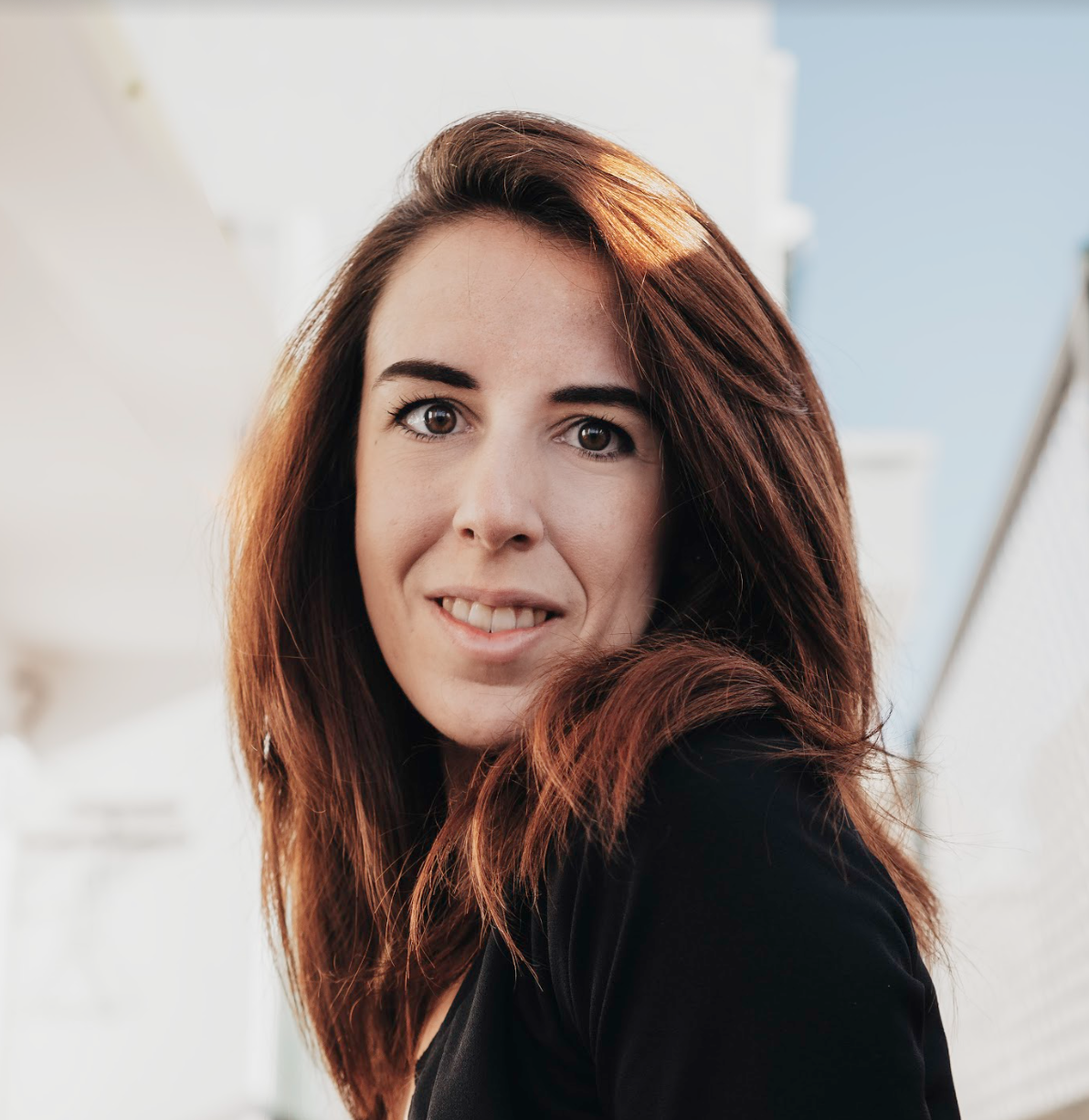Loading...
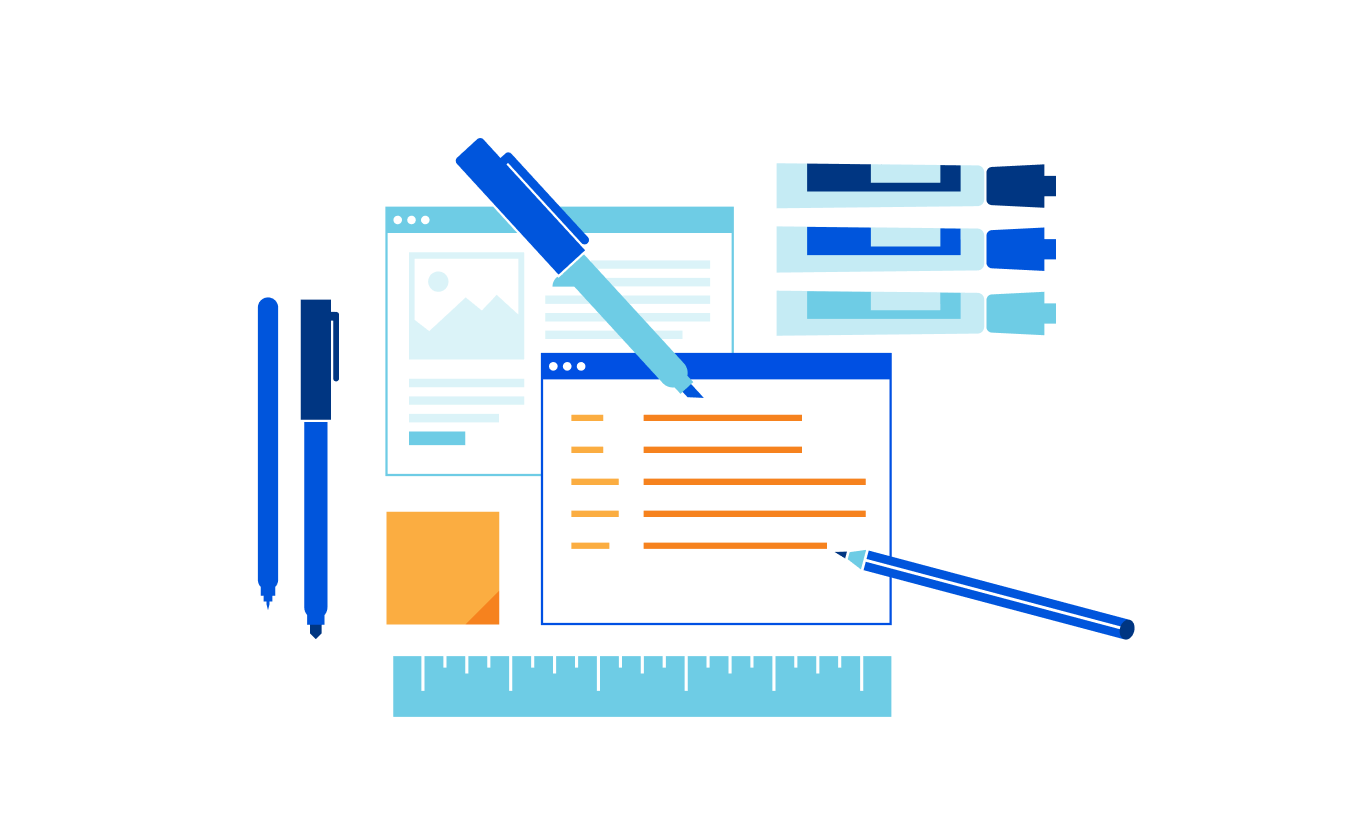
Content design is a relatively new discipline, but one that deeply affects how users perceive, choose, and use products. People who work in content design can take many names (content designers, UX writers, product writers, just to name a few) but in a nutshell, our job is to help users accomplish goals on an interface by providing them with the right guidance at the right time. Unlike visual designers, content designers are not responsible for the graphic layout or the look and feel of a given interface — instead, we own what we call the conversation between product and user along each journey to ensure that the user has all the information they need to reach their goal.
The interesting thing is — when interfaces are concerned, the more effective the text, the less noticeable it will be to users. Great content on an interface “just works”; it disappears into a delightful user experience while leading happy users to success, whatever it is they’re trying to get done with a given product. Content designers achieve that by making sure they know user needs inside out and which problems the product is trying to solve. Next, in partnership with visual designers, they sketch out user flows and wireframes.
Only as a last step do they sit down and write.
My background
My journey at Cloudflare started in July 2020, when I was hired as the technical writer for the Zero Trust products. I spent my day-to-day life setting up and testing features on our interface. In a sense, my job was to observe user experiences and write about them. Over time, I started noticing there was room for us to make those experiences truly exceptional. Could we take a holistic view of them and spend some time consolidating the way we talked to users throughout the interface?
Good documentation fills the gap between user needs and product features. But imagine a product users could just use, without necessarily needing to pull up instructions. Imagine a product that consistently “talks” with users, providing them with the necessary information at each step, signaling a clear path forward with predictable outcomes for each action, and reassuring them when an error occurs.
After all, Cloudflare’s vision is to make our products ridiculously easy to use, and content design could play a huge role in that. I started a conversation with my manager about it, and asked if I could volunteer to own UI content, too. I was eager to take up the challenge.
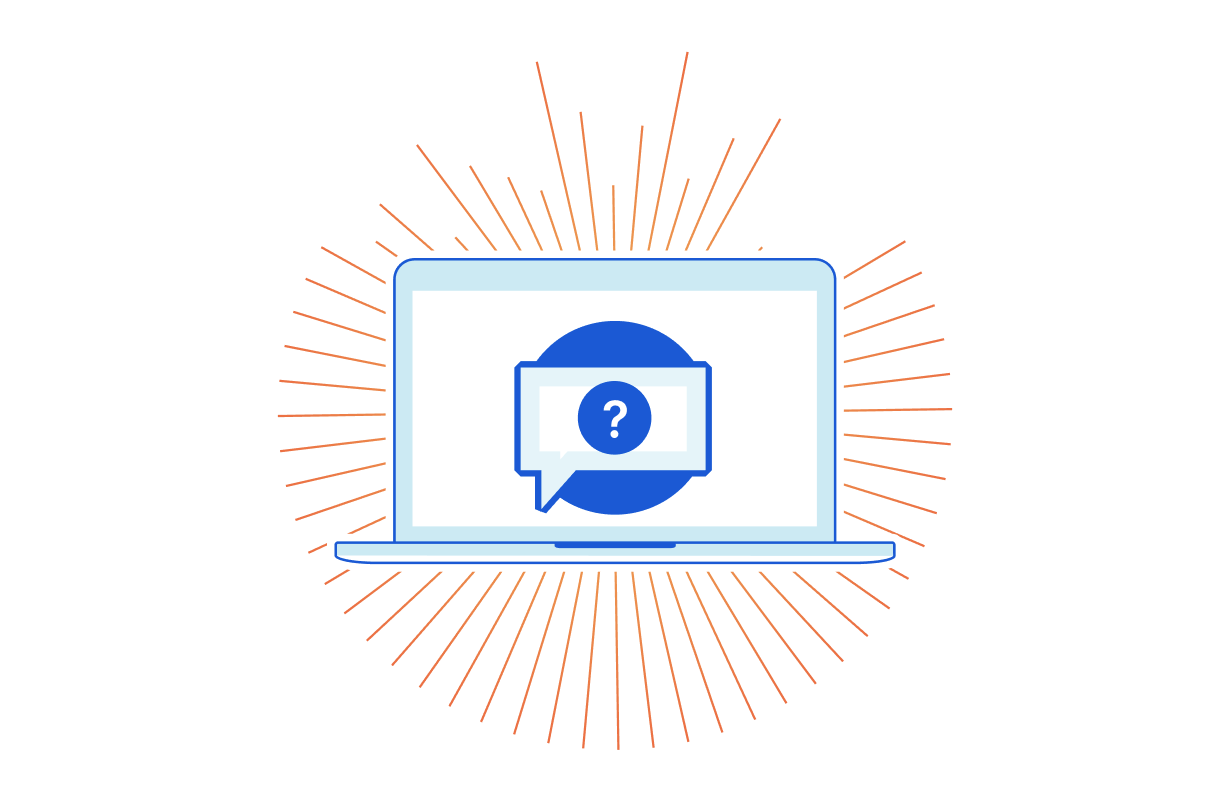
I’m now almost two years into my journey at Cloudflare, and looking back, there’s definitely a few things that helped me take my first steps as a one-woman content design team.
1. Build your own toolkit
There’s more to content design than just putting pen to paper and writing. One of the things that makes UI content successful is consistency, because consistency drives familiarity. And as users, we love experiences and products we recognize. In those early days, I had one question in mind: How do I write consistently for this interface?
- Product voice and tone. The first thing I needed to define was our product’s identity. Are we a cheeky young product that sprinkles exclamation marks and interjections across the interface? Are we an authoritative, established product that gives concise, reassuring guidance? Read more on how I defined our product voice in this other blog post.
- Guidelines. Next, I needed to get real about tying it to actually writing for the dashboard. It is one thing to say that the product sounds “friendly”, but what does that mean in practice? Because all UI content exists within a design environment, I structured these guidelines based on our design system for the Zero Trust dashboard. This came in handy when I (or anyone else, really) needed to write for a specific component. These guidelines answered exciting questions like, “Do we ever use em dashes?”, or “Do I add ‘please’ when asking for user input?”
- Heuristics. I knew the content in certain areas of the dashboard was not optimal, but it was often hard for me to communicate to stakeholders what I meant exactly. Coming up with an objective set of parameters and even a scoring system can really help quantify how much work those areas need and what type of work. These parameters evaluate things like a feature’s purpose, clarity, accessibility, and compliance to voice and tone.
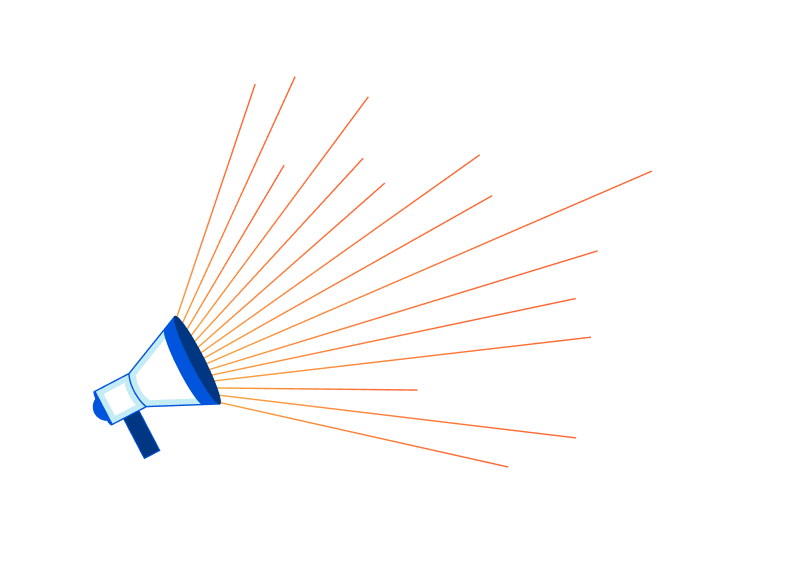
2. Get involved
In my first days wearing my content designer hat, I remember being pulled in last-second to work on error messages right before a feature went live. I had to unpack who would see that message, at what point in their experience they would see it, and what information they needed in order to get past it — only then could I start writing, and even then, even with my toolkit at hand, we would end up with suboptimal copy. Feedback from users came loud and clear:

I needed to find a way to be more involved in product design and development processes. In a word — I needed to start thinking about user experience.
My first move was to join our front-end team stand-ups. Being part of feature development since kickoff made a world of difference — I was in the room when PMs explained the problem(s) a certain feature needed to solve, when functional specs were presented to the group, and when developers approached issues or improvements. All of this gave me immense context on how our interface works.
I also focused on building deeper relationships with our product designers. We shared much the same challenges, and if we partnered together, we could tell a much better story around our products and how they work. When I set out to define the product principles for our dashboard, designers were a source of enthusiastic and priceless help, and when new features came about, we joined forces from the very beginning of the design process.
In time, everybody learned to row in the same direction. We became the UI team. One of the features we shipped during that time was a new home for the Zero Trust dashboard. Next, we tackled empty states, making sure they were consistent and informative across the interface. We overhauled all of our error messages, and we redesigned the onboarding experience. All with the user in mind, and a clear vision to ship products that are truly easy to use.
How it’s going
Over the past few months I had long conversations with my manager in the Product Content Experience team. As much as the Zero Trust dashboard was coming together in terms of UX content, it was a lot of work. As a content designer, I weighed in on every design decision, partnered across simultaneous projects, iterated on our content strategy and (at the time) wrote documentation for all the new features. We agreed that there was value in the space we’d carved out for content design, but we needed a plan to scale a strong content design habit across the org, and ensure all products had the same coverage when it came to content design.
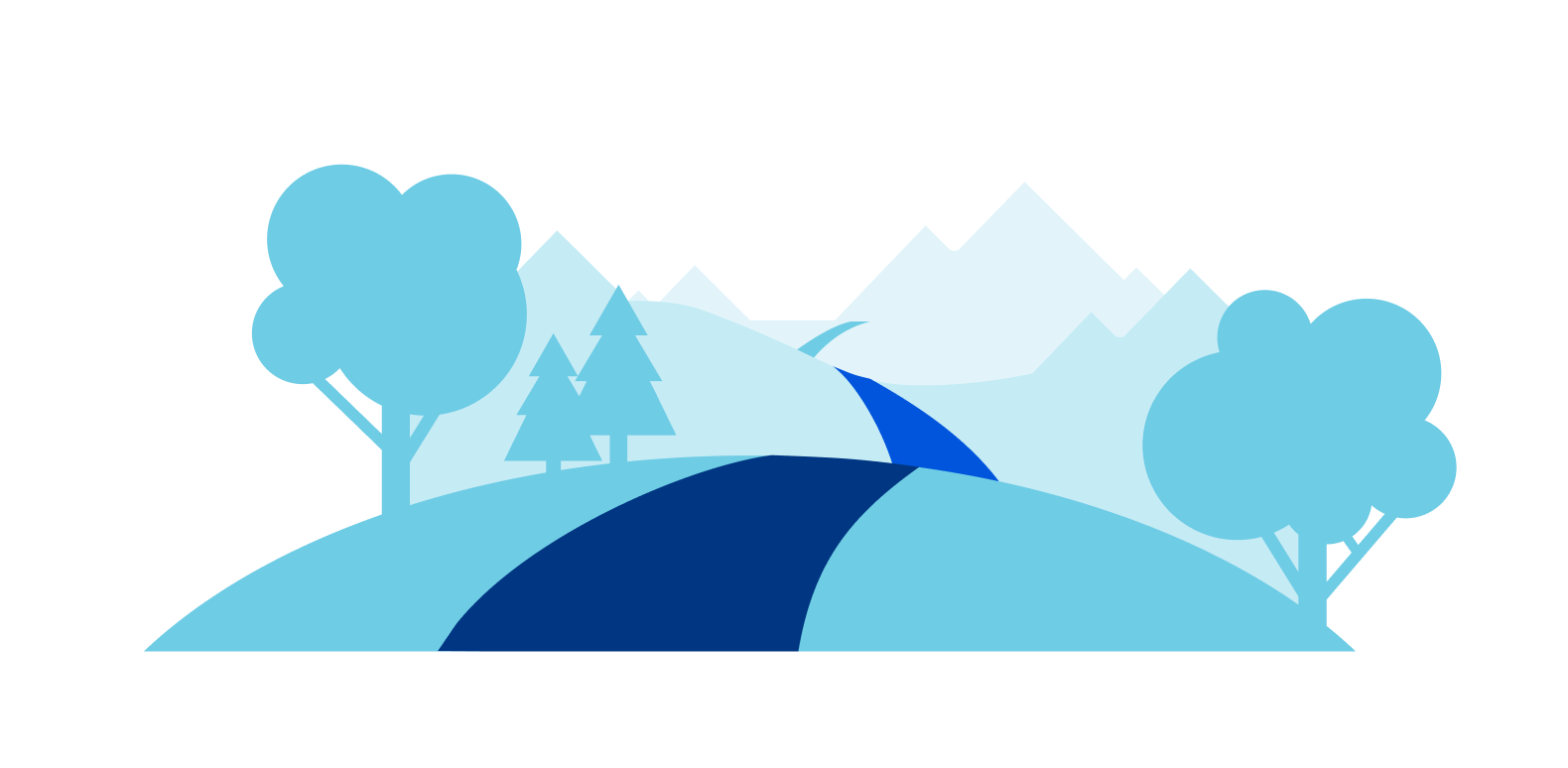
Today, I’m happy to share that we’re building a whole content design team. There’s lots of hard work ahead of us, but it’s hard work I’m looking forward to, because the story of content design at Cloudflare is only just beginning. Starting. We’ve just begun. Stay tuned, the best is yet to come! No, that’s cheesy. I liked the first version better. How about “we’re just getting started”.
You get the gist.
(Yes, we’re hiring in Lisbon and in the US! Come join the team.)

